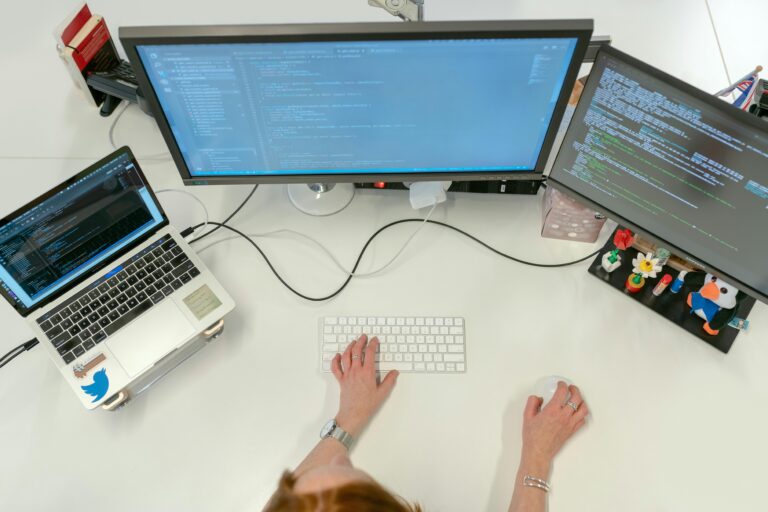The CPU, or Central Processing Unit, is often called the “brain” of your computer.
It handles all instructions from software and hardware. Whether you’re opening a browser, watching YouTube, or playing a game, your CPU is at work.
In short, the CPU processes everything. Without it, your computer is just a bunch of parts.

💡 Why Is It Called the Brain of the Computer?
Just like your brain sends signals to your body, the CPU controls everything inside a computer.
It takes input, processes it, and gives output.
For example:
- You click to open Google Chrome
- The CPU sends instructions to your screen, memory, and storage
- Chrome opens and displays your homepage
Everything from that simple click is managed by the CPU.
⚙️ How Does a CPU Work?
Let’s break it down. A CPU follows three basic steps called the Fetch-Decode-Execute Cycle:
- Fetch: It receives instructions from programs (like your OS or browser).
- Decode: It understands what those instructions mean.
- Execute: It performs the task using the necessary parts (like memory or GPU).
This happens in microseconds faster than you can blink.

Inside a CPU
A modern CPU has several key parts:
- Cores: Modern CPUs have multiple cores (dual-core, quad-core, etc.). Each core can handle its own tasks.
- Cache: A small memory for quick access to frequently used data.
- Clock Speed: Measured in GHz (gigahertz), it tells how fast the CPU can work.
🔍 Types of CPUs
There are different types of CPUs based on their usage:
1. Desktop CPUs
Used in laptops and desktops.
Popular ones include:
- Intel Core series
- AMD Ryzen
2. Server CPUs
These are designed for handling large amounts of data in cloud servers and websites.
Example: Intel Xeon
3. Mobile CPUs
Smaller, energy-efficient CPUs used in phones.
Example: Qualcomm Snapdragon
4. Embedded CPUs
Used in machines like washing machines, ATMs, and printers.
Example: ARM processors – Learn more on ARM’s site

🛠️ CPU vs GPU – What’s the Difference?
A CPU handles general tasks. A GPU (Graphics Processing Unit) handles images, videos, and 3D rendering.
| Feature | CPU | GPU |
|---|---|---|
| Main Task | General operations | Graphics and visuals |
| Cores | Few (2–16) | Hundreds |
| Use Case | Browsing, Office Work | Gaming, Video Editing, AI |
Both work together for smooth performance.
👉 Read more: What is a GPU? – NVIDIA
📈 What Makes a CPU Good?
When buying or upgrading a CPU, look for:
- Number of Cores: More cores = Better multitasking
- Clock Speed: Higher GHz = Faster performance
- Thermal Design Power (TDP): Lower is better for laptops
- Generation: Newer generations are more efficient
If you’re building a PC, check compatibility with your motherboard and RAM.
🧪 How to Check Your CPU?
You can easily check what CPU your device uses:
🪟 On Windows:
- Press
Ctrl + Shift + Escto open Task Manager - Go to the Performance tab
- Click CPU You’ll see name, speed, and cores
🍎 On macOS:
- Click the Apple logo → About This Mac
- Check “Processor” info

🧾 Conclusion
The Central Processing Unit (CPU) is the heart of every computing device.
Understanding how it works helps you make smarter decisions whether you’re buying a new laptop or learning computer basics.
It fetches, decodes, and executes every instruction. From multitasking to gaming, your CPU is constantly working behind the scenes.
💬 Have More Questions?
Drop a comment below or visit our Contact Page we’re always here to help!
Thank you for visiting! Check out our blog homepage to explore more insightful articles.



